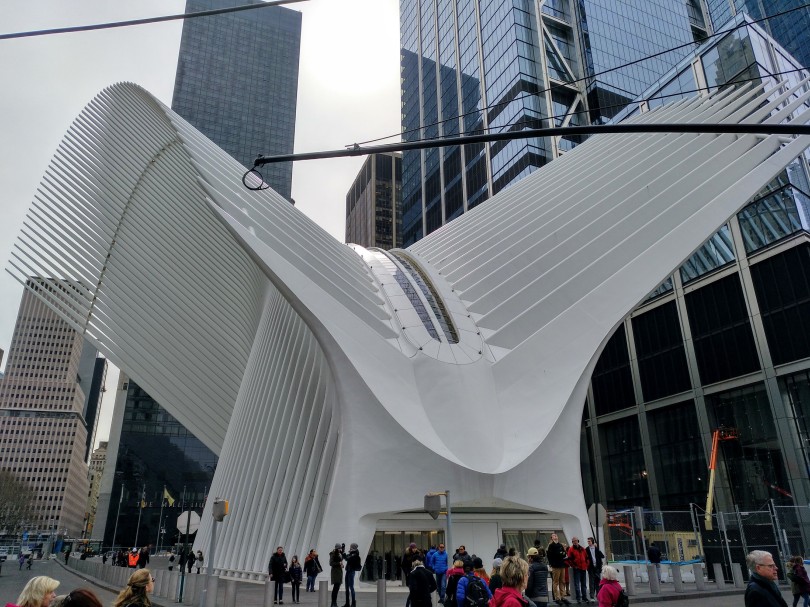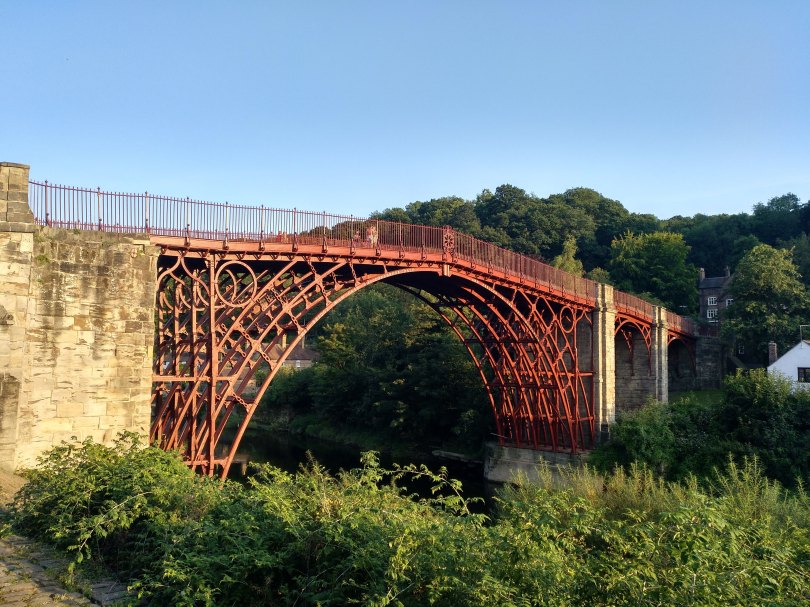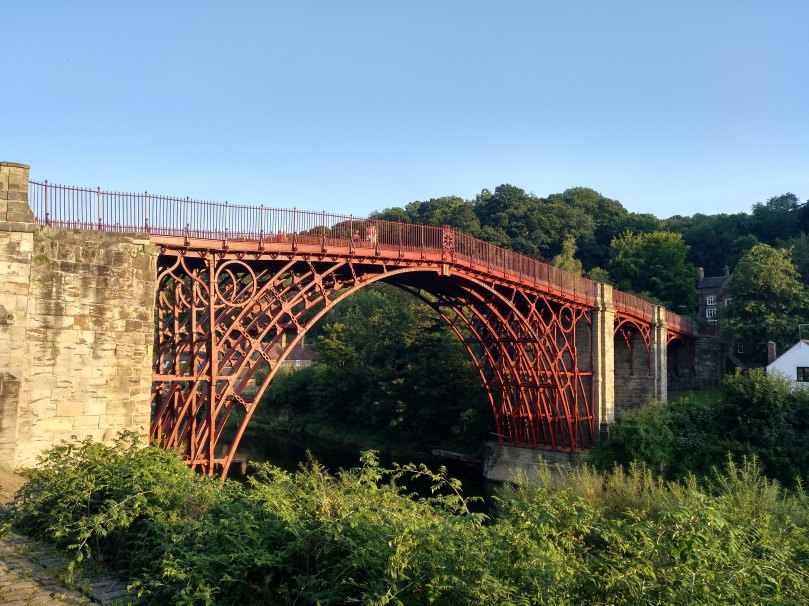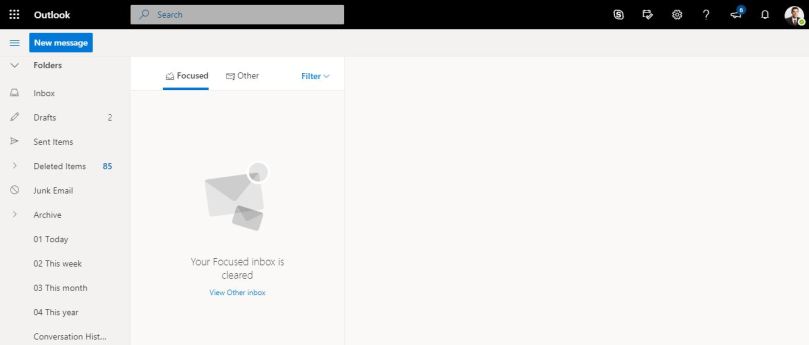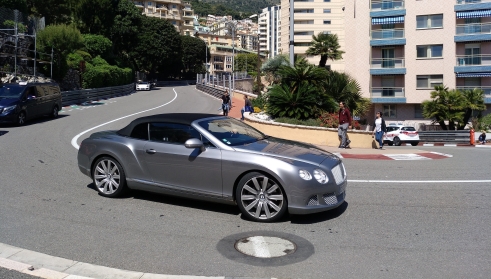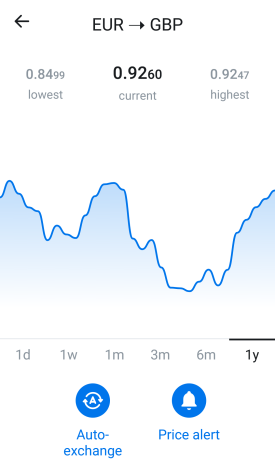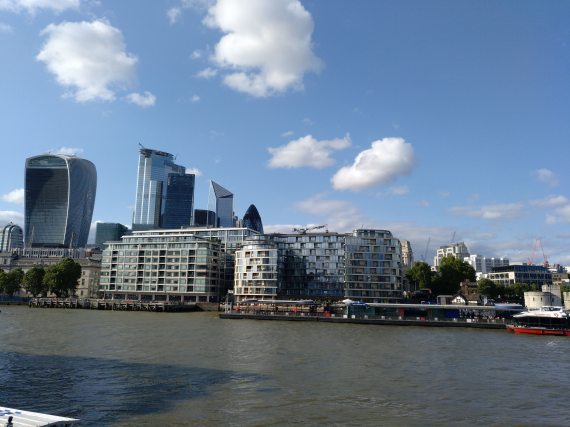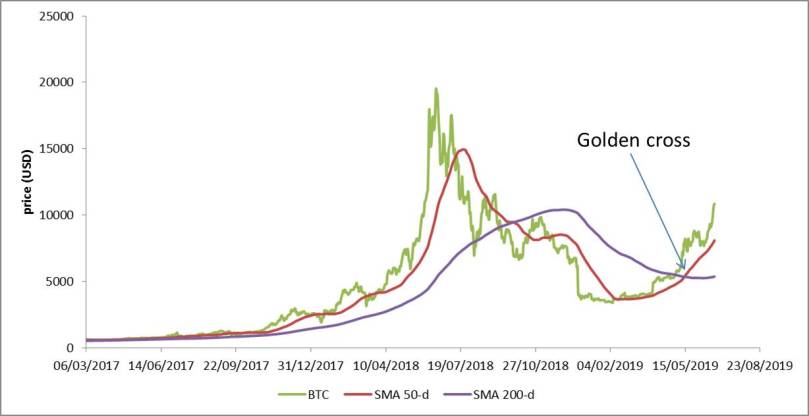Have you just finished University and you don’t know what to do next? I have been there. This post might help you to decide (and this one to succeed at your interview).
Civil Engineers have very good analytical skills and a strong technical knowledge in Maths so the sectors where we can add value are almost endless. I have friends working in business consulting, banking, academia and law firms. However, on this post I am going to focus on the “typical” route for a civil engineer who wants to stay within the industry.
On every civil engineering project in the UK, there are 4 main stakeholders:
- Consultancy: responsible for developing the calculations that support the design.
- Contractor: responsible for delivering the project according to the design.
- Client: responsible for defining the requirements, paying the contractor and the designer for their services and owner of the final product.
- Regulator: responsible for defining the industry safety and quality standards and defending the interests of the general public.
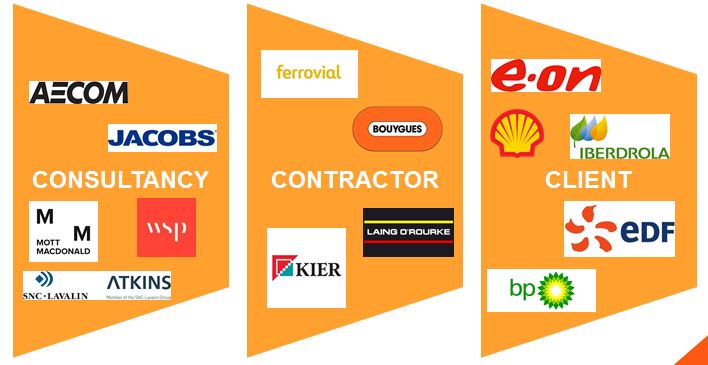
For instance, imagine EDF (the Client) wants to build a new nuclear power plant. They, as the Client, would define the requirements for the plant (lifetime, materials, location, cost…).
EDF would pay AECOM (the Designer) to provide a design according to these requirements.
EDF then would pay Laing O’Rourke (the Contractor) to actually build the power plant according to AECOM design.
Design and construction stages would be supervised by the Office for Nuclear Regulation (ONR) which acts as the Regulator on behalf of the UK Government.
Let’s explore what could be your role on each of them:
Consultancy
They are the designers. They always think they are the most intelligent people in the room. And they probably are. They live to keep the Client happy.
You should consider working for them if you like a theoretical approach to engineering, finding new solutions and working in an office environment.
Work can be monotonous at the office sometimes but the experience you will gain using Eurocodes and finding technical solutions will be invaluable in the future if you change role.
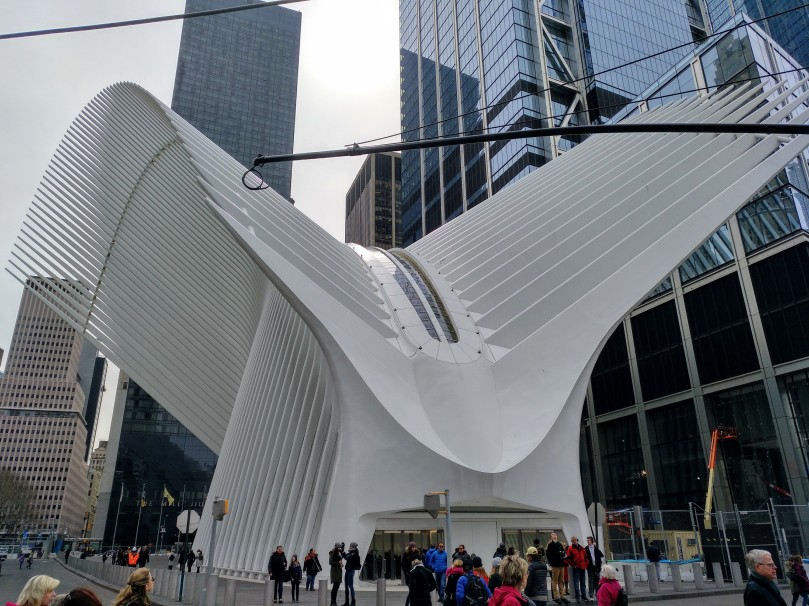
Contractor
They are the pragmatists. Hands-on people trying to find practical solutions to last minute changes.
You should work for one of these companies if you like working on site, sorting out logistics efficiently and adapt quickly to dynamic environments.
Working on site can be a synonym to long hours and high time pressure but this experience will be useful for you to understand constructability issues and detect improvements to the design. This is why, Civils with site experience are key on the pre-construction stages of a project.
Client
They are the owners of the final product. They pay and they define the requirements. Sometimes they can be too vague and the designer would struggle to meet their needs. They would typically say the designer is not asking the right questions.
You should work for a Client if you are assertive, enjoy supervising work done by others, and you are comfortable making decisions with limited information. Civil Engineers usually manage interfaces between contractors or define technical requirements.
You might not get involved in the technical detail as much as a designer or a contractor but you have the responsibility of managing their performance and the power to make decisions.
Regulator
They are “the Police”. They set the rules of the game and challenge the other 3 stakeholders on behalf of the general public. Especially the Client. They essentially are the Government.
You should work for one of them if you like laws, policy and regulatory environments.
It can be bureaucratic at times, but you will gain a holistic view of the industry and there is meaning in defending the interest of the public.

My recommendation
Work at least a year for each of them. Which one first? My preferred order would be Designer – Contractor – Client – Regulator.
Why? Because if you start with a Consultancy straight after University, all your theoretical knowledge will be very useful and relevant for your daily technical tasks.
After this you could apply your design skills on a construction site learning about constructability.
With these 2 previous experiences you would be highly desirable for a Client because you would be able to set clear expectations for Designer and Contractor. You know how they think because you have been on their shoes.
Finally, if you fancy a change you could work for the Regulator because your vast experience and good connections in the industry would allow you to set the rules and enforce them.
And you, where did you start your career?

